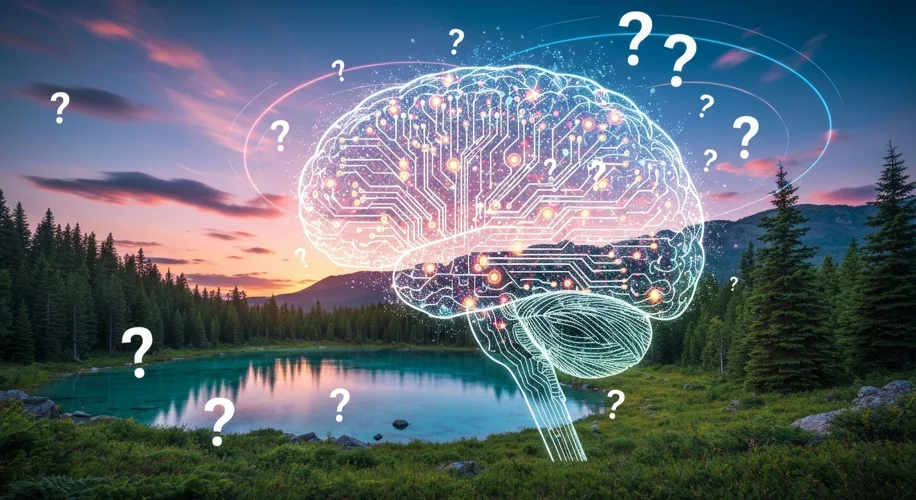It’s fascinating to see how far Artificial Intelligence has come. We’re using AI for everything from writing emails to diagnosing diseases. But there’s a persistent problem that could seriously derail all this progress: AI hallucination.
So, what is AI hallucination? Simply put, it’s when an AI system generates incorrect or nonsensical information, presenting it as fact. It’s like a student confidently giving you a completely made-up answer to a question, but on a much larger, more sophisticated scale.
This isn’t just about a typo or a minor error. Hallucinations can involve fabricated data, invented sources, or even entirely made-up concepts. For instance, an AI might cite a research paper that doesn’t exist or confidently describe a historical event that never happened. This happens because many advanced AI models, especially large language models, are trained on vast amounts of data. Their primary goal is often to predict the next word in a sequence, not necessarily to verify the factual accuracy of every piece of information they produce.
The implications of this are significant. In everyday tasks, it means we can’t blindly trust everything an AI tells us. We still need our critical thinking caps firmly on. But the risks escalate dramatically when AI is used in more unsupervised or high-stakes applications.
Imagine an AI assisting in medical research, generating hypotheses based on fabricated studies. Or an AI used for legal research, citing non-existent precedents. The potential for misinformation and erroneous decision-making is huge. It undermines the very utility we’re building these systems for.
This issue is particularly thorny when we consider the long-term vision of Artificial General Intelligence (AGI) – AI that can perform any intellectual task a human can. If AGI systems are prone to hallucination, their ability to operate reliably and safely becomes a major question mark. How do we ensure an AGI understands and respects reality if its core function can lead it to invent it?
Furthermore, the problem of hallucination directly impacts the critical field of human-AI alignment. Alignment is about ensuring AI systems behave in ways that are beneficial and safe for humans. If an AI can confidently present falsehoods as truth, it creates a fundamental disconnect. It can’t be reliably aligned with human values or reality if it can’t reliably discern them.
Researchers are actively working on solutions. Techniques like grounding AI outputs in verified knowledge bases, improving model interpretability, and developing better fact-checking mechanisms are all part of the effort. The goal is to build AI that not only understands language but also has a robust sense of reality and a mechanism to verify its own statements.
For now, the hallucination problem serves as a stark reminder. As we continue to develop increasingly powerful AI, we must remain vigilant. It’s crucial to remember that AI is a tool, and like any powerful tool, it requires careful handling, rigorous testing, and a constant eye on its limitations. Building trust in AI means addressing these fundamental challenges head-on, ensuring that these intelligent systems are not just creative, but also grounded in truth.

